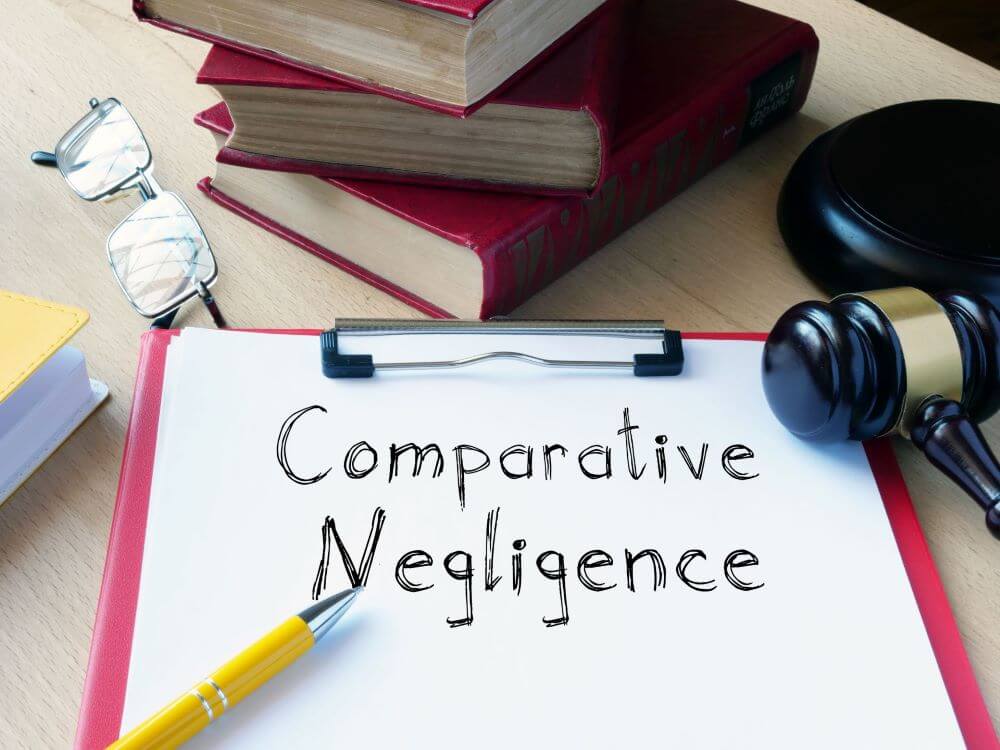Car accidents are complex events that lead to legal disputes, especially when determining liability. In many car accident lawsuits, the concept of “comparative fault” is crucial in deciding how damages are awarded. Comparative fault, or comparative negligence, is a legal doctrine used in many states to determine the level of responsibility each party bears in an motor vehicle accident. This system impacts the compensation victims can recover based on their degree of fault.
Read on to understand comparative fault in car accident lawsuits.
What Is Comparative Fault?
Comparative fault is a legal approach that assigns a percentage of responsibility to each party involved in a car collision based on their actions or negligence. Unlike systems where a single party may be fully liable, comparative fault divides liability proportionally. This means that if both drivers contributed to an accident, they share the responsibility for the extent of their negligence.
For instance, in Alabama, comparative fault laws can significantly influence the outcome of a car accident claim. Navigating these laws and ensuring fair compensation can be challenging, especially for those unfamiliar with the legal system. However, by working with a knowledgeable car accident attorney, injured victims can make a difference in how effectively they can pursue a claim. Specifically, those seeking assistance in Alabama or similar locations can get justice with a Tuscaloosa car accident lawyer to ensure they understand the implications of comparative fault and how it affects their personal injury case.
Types of Comparative Fault
Several variations of comparative fault exist across countries like the United States. Understanding these differences is essential for those involved in car accidents. Below are the different types of comparative fault:
Pure Comparative Fault
In this system, a plaintiff can recover damages regardless of their level of fault. If an injured party is 99% responsible, they can still recover 1% of their damages from the other party.
Modified Comparative Fault
In states that follow this system, a plaintiff’s ability to recover damages depends on whether their fault is below a certain threshold, typically 50% or 51%. If a plaintiff’s fault exceeds this limit, they’re barred from receiving any compensation.
The Role of Evidence in Proving Fault
Evidence is crucial in determining fault in car accident cases. Collecting evidence from the scene, such as photos, eyewitness statements, and police reports, can help establish the degree of each party’s fault. For example, in Alabama, where even a small degree of fault can bar a plaintiff from recovering damages, accident victims must have robust evidence to support their injury claims. This is where legal counsel becomes invaluable, as they can help gather, preserve, and present evidence to build strong personal injury cases.
Defenses Used in Comparative Fault Cases
Understanding the defenses available in comparative fault cases can be advantageous. Defendants employ certain strategies to minimize or negate their liability. These strategies include:
Comparative Fault Defense
In states that apply comparative fault, defendants argue that the plaintiff shares responsibility for the accident. The goal is to reduce the damages owed by showing the plaintiff’s contributory actions.
Assumption of Risk
In some cases, the defendant might argue that the plaintiff knowingly accepted the risk of an activity that led to the accident. For example, if the plaintiff was speeding, this behavior might be considered as assuming a risk, potentially reducing or eliminating recovery.
Sudden Emergency Defense
This defense shows that the defendant acted reasonably in response to a sudden and unexpected situation. If the defendant faced an unforeseen hazard, the court might reduce their level of responsibility in the accident.
How Comparative Fault Impacts Compensation
Comparative fault systems directly affect plaintiffs’ compensation in a car accident lawsuit. In pure and modified comparative fault states, a plaintiff’s damages are reduced by their percentage of fault. For example, in a state with modified comparative fault, if a plaintiff is 30% responsible for an accident, they may recover only 70% of the damages.
However, in Alabama, for example, a plaintiff who is even slightly responsible would receive no compensation at all due to the contributory negligence rule.
Navigating Comparative Fault in Multi-Vehicle Accidents
Multi-vehicle accidents introduce additional layers of complexity in comparative fault cases. Determining liability can be challenging when multiple drivers are involved, and the degree of responsibility may vary significantly for each party. In such accident cases, contributory negligence standard poses unique obstacles. Plaintiffs must prove that they bore no responsibility for the accident, as even a minor fault could prevent them from recovering damages.
Conclusion
Understanding comparative fault and contributory negligence is essential for car accident victims seeking justice. This underscores the importance of collecting strong evidence, understanding the legal defenses that may be used, and obtaining skilled legal representation. Therefore, by keeping the information mentioned above in mind, accident victims can better protect their rights and pursue the compensation they need to recover.


